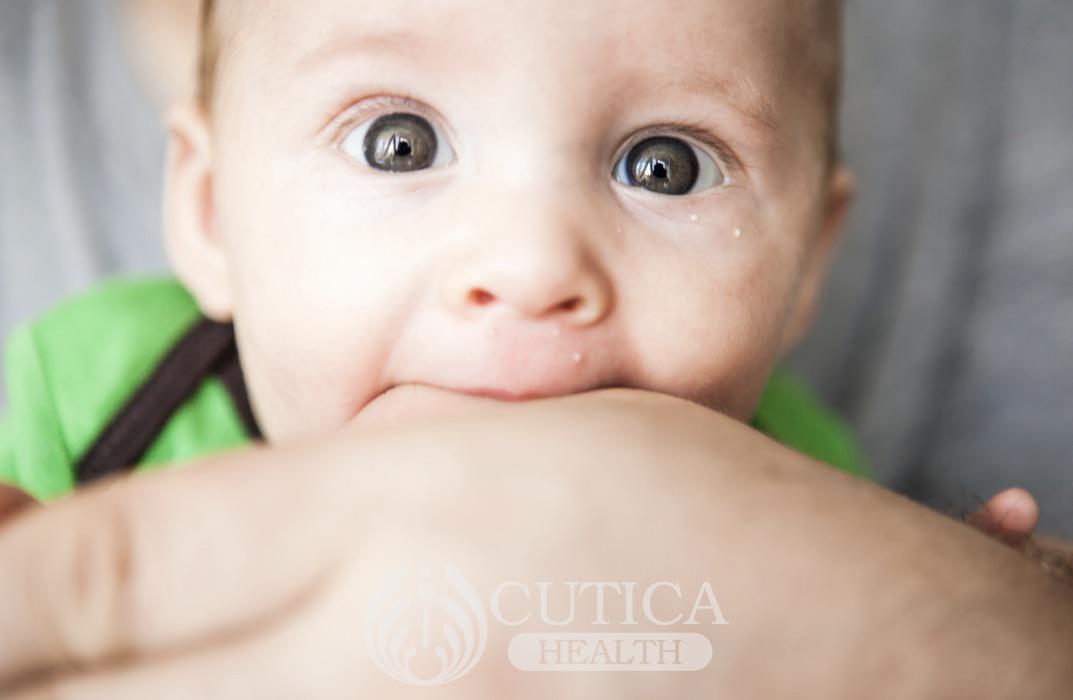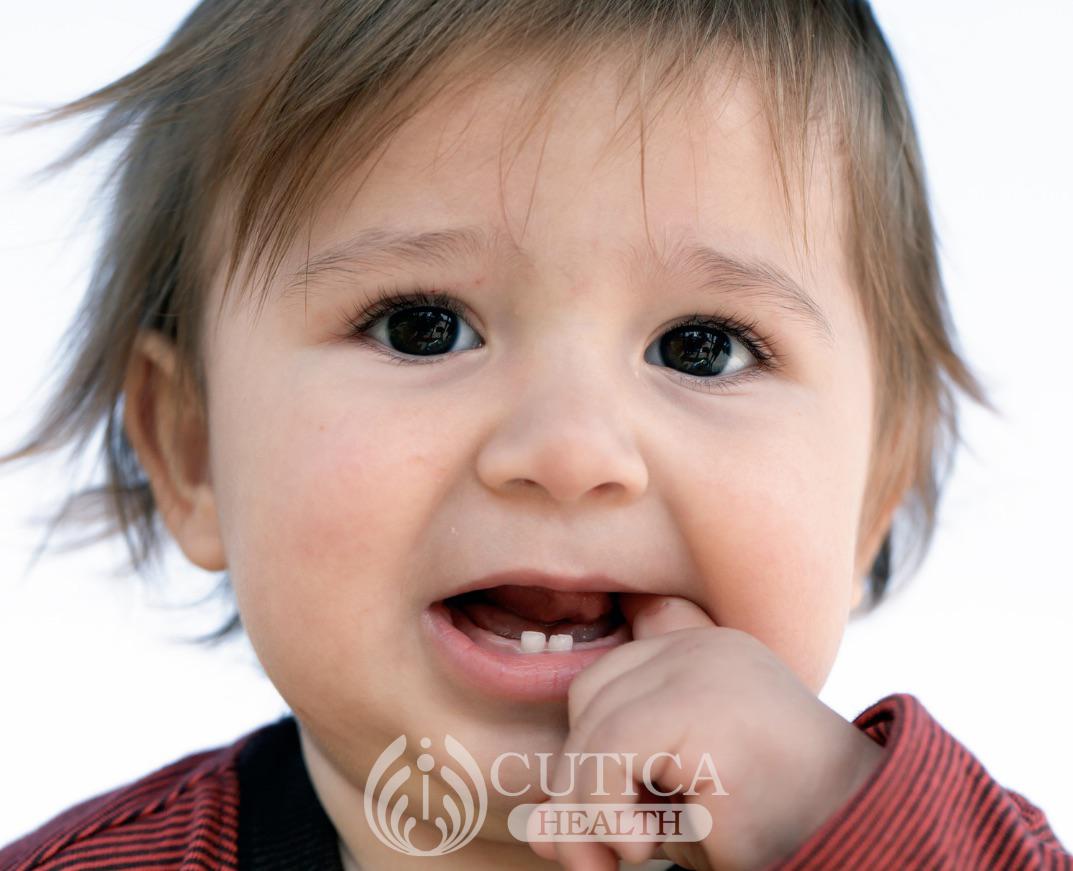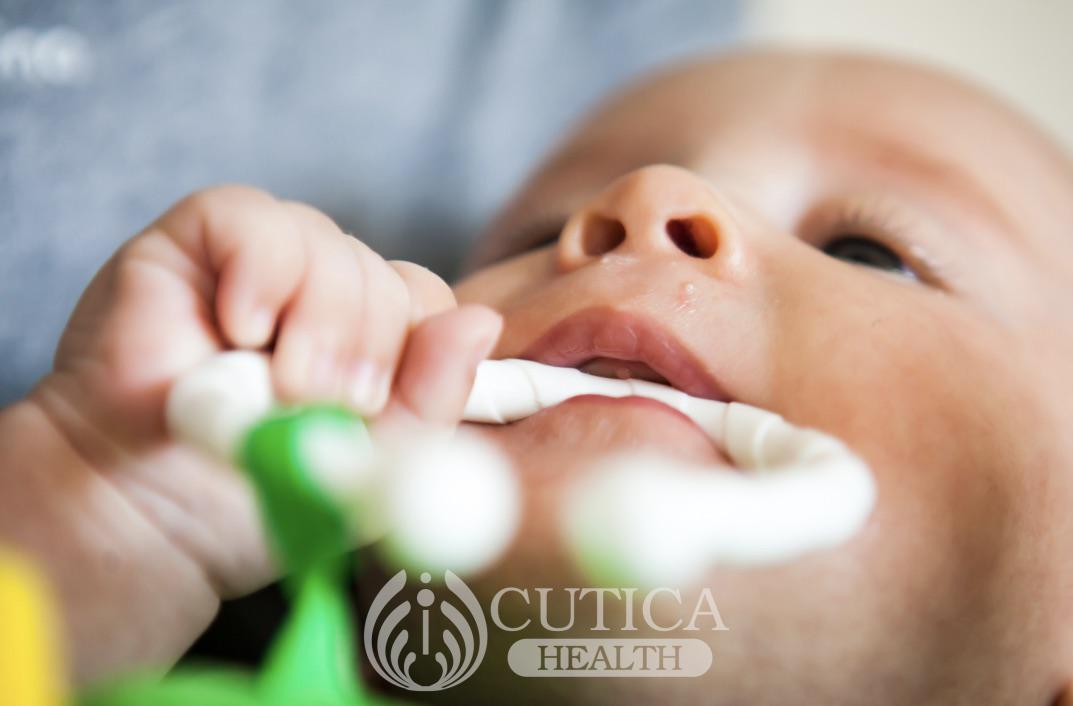
“My baby has been very feverish and feeling cranky all day, doctor,” Mrs. Johnson told the doctor “I could see a tooth erupting, so I gave some local herbs to keep the symptoms at bay, but they still won’t stop, what do I do now doc?”
Long-held misconceptions
I’m sure you’ve heard that so often that you now believe that teething problems are normal. Teething problems are not what we think they are. Many assumed teething problems are cases of infection requiring medical attention.
What are teething problems?
Mothers can remember that teething coincides with crawling. Mothers also know that toddlers are grabbers—they grab anything in sight and straight it goes into the mouth. And mind you babies know nothing about bacteria! Although mummy does the cleaner’s job, she can’t get rid of everything—no matter how hard she tries!
So, lots of bacteria remain in the mouth and swing into action. Mummy suspects nothing until baby’s temperatures go running wild and the watery stools come running out—diarrhea in medical parlance. So, bacteria do the dirty job and teething takes the blame.
Is teething symptom-free and what’s the difference?
Teething is not what we think it is. It is a normal growth process. The worst-case scenario might be a slightly raised temperature, but teething’s got nothing to do with the high fever mother’s grapple with and nothing to do with diarrhea.
But why is this important to differentiate between teething and infection?
Many mothers have unknowingly thrown their babies in harm’s way by assuming all is well with a hot, drooling, pooing baby. When your baby suffers high temperatures, it’s not teething; it’s an infection—seek medical help immediately.
What then are teething problems and why do they happen?
Teething is a natural process. Teeth move from within the jawbone, cutting through the gums to appear in the mouth. It’s that simple; we actually cut our gums or, better stated, our teeth cut through our gums to appear in the mouth.

Because gums itch during this “cutting“ process, babies attempt to “scratch” their gums by chewing on anything in sight. This explains the tendency to stick everything in the mouth during this period. They also drool as part of the teething process. Baby’s temperature may spike a bit, but it’s usually nothing to worry about. Over-the-counter analgesics may come in handy if needed, but don’t overdo it.

How then can I help a teething child?
- Gently rub their gums with a clean finger
- Offer teething toys under medical guidance—not all are safe!
- A clean plastic spoon may do the trick
- Give mild over-the-counter analgesics for a day or two if need
- Seek medical help if high temperature sets in
- The drooling is normal, you need to do nothing!
- Keep baby under close watch

Take-home: teething is not what many think it is. Babies may experience a little temperature rise, but it‘s got nothing to do with high temperatures and diarrhea. If in doubt, seek medical help.
“This article was sponsored by Fidson Healthcare PLC”












